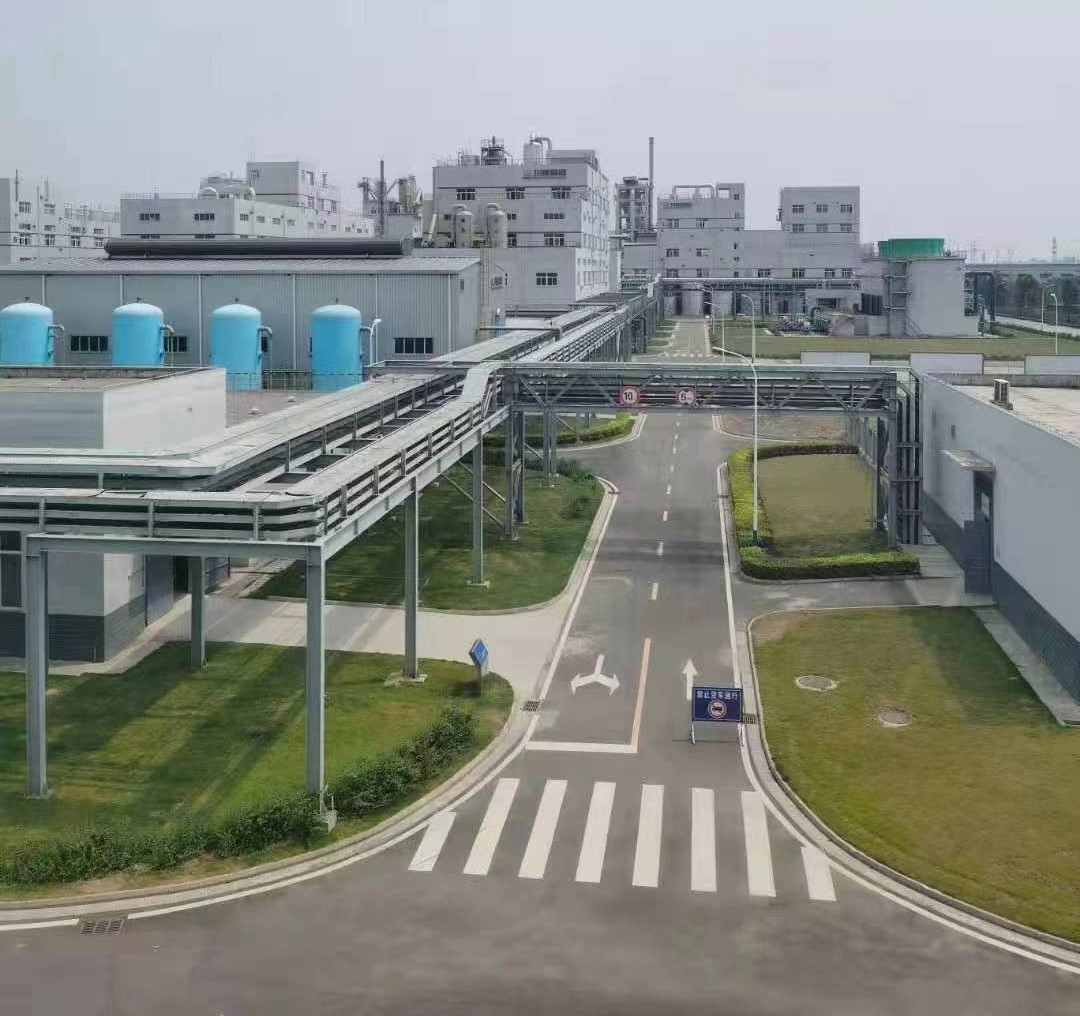The difference between glucose monohydrate and anhydrous glucose
Jul,02,25
There are significant differences between glucose monohydrate and anhydrous glucose in many aspects, including chemical structure, physical properties, application areas and production processes.
1. chemical structure
Glucose monohydrate: The molecular formula is C₆H₁₂O₆·H₂O, and it contains a glucose molecule and a crystalline water molecule.
Anhydrous glucose: the molecular formula is C₆H₁₂O₆, which contains only glucose molecules and no crystal water.
2. physical properties
Appearance and color
Dextrose monohydrate: usually a white granular powder with a luster.
Anhydrous glucose: colorless crystal or white crystalline powder, relatively low gloss.
Solubility
Both are readily soluble in water, but differ in solubility in ethanol. Glucose monohydrate is slightly soluble in ethanol, while anhydrous glucose is less soluble in ethanol.
Sweetness and taste
Glucose monohydrate: high sweetness, cool taste.
Anhydrous glucose: relatively low sweetness, taste more mild.
3. Application Areas
food industry
Dextrose monohydrate: It is widely used as a sweetener, nutritional agent and bulking agent. Its high sweetness and good solubility make it widely used in various foods and beverages. In addition, in the tanning industry, glucose monohydrate is also used as a reducing agent for improving the quality of leather.
Anhydrous glucose: Although it is also used in the food industry, it is relatively small and is mainly used to make chemical raw materials such as sorbitol.
medical field
Glucose monohydrate: It is mainly used as the raw (auxiliary) material for oral drugs, and its sweetness and taste make the drug more acceptable to patients.
Anhydrous glucose: It is mainly used in the production of medical injections and infusions as nutritional supplements and treatments.
4. production process
Glucose monohydrate: the production process is relatively simple, mainly through the crystallization and drying process of glucose aqueous solution.
Anhydrous glucose: The production process is relatively complex, and it is necessary to remove the crystal water from the glucose molecule through the dehydration process.
To sum up, there are obvious differences between glucose monohydrate and anhydrous glucose in chemical structure, physical properties, application fields and production process. These differences make them have different application values in different fields. Therefore, in practical applications, it is necessary to select a suitable glucose form according to specific requirements.






